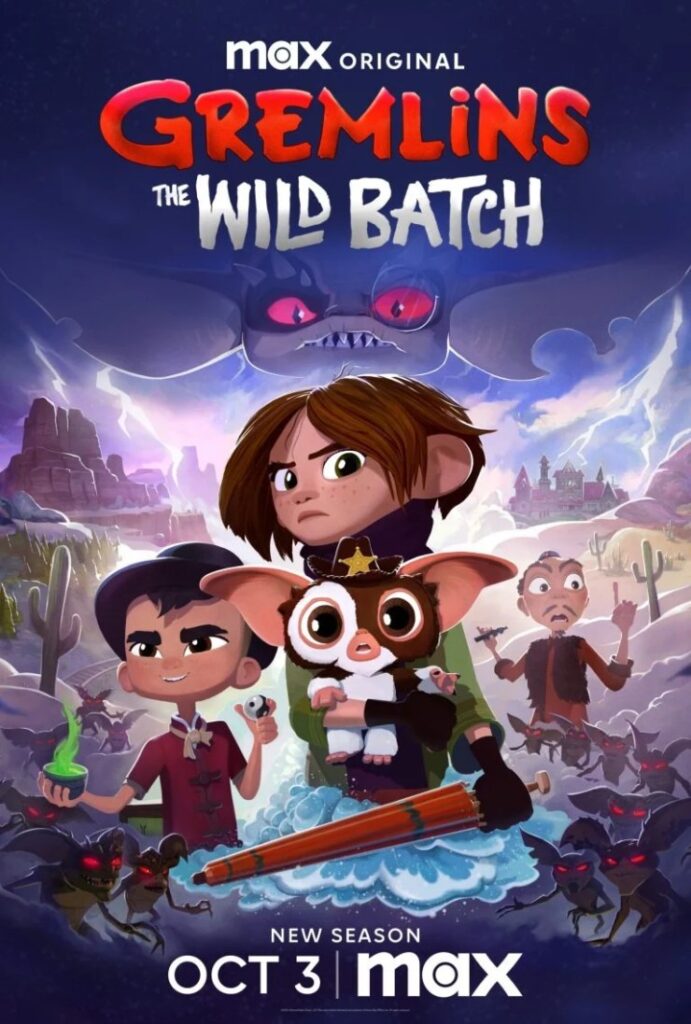There was a summer where an alligator randomly showed up in the creek behind my childhood home. He was nowhere as big as what we see in the movies, but still, we all kept our distance until the day our visitor finally swam away. It wasn’t even a “see you later, alligator” kind of situation; he never returned.
That was when my fascination for crocodilians first took off. Movies like Alligator (1980) and Lake Placid (1999) helped shape this interest, as did all the non-fiction books I could find on the subject. Yet it wasn’t until years later I learned that “crocsploitation” was also popular in literature.
So to make up for lost time, I read just several of these novels this summer. This includes older, newer, adult, and children’s works.
Not every one of the eleven books I devoured was as good as the best, but I can never turn down a story about gators and crocs.
Croc (1976)

Image: Croc by David James.
Jaws is responsible for the likes of Croc, one of the countless killer-creature novels that cropped up in the late ’70s and throughout the following decade. Author David James, whose real surname was Hagberg, was better known for his spy and adventure works. This one-off, about a killer croc in the New York sewers, was clearly inspired, not to mention influenced, by Steven Spielberg’s shark blockbuster. That said, Hagberg was well adept at plotting and made the familiar beats work, even when certain decisions within the story did not.
Alligator (1977)

Image: Alligator by Shelley Katz.
Not to be mistaken for the basis of Lewis Teague and John Sayles’ 1980 movie, this Shelley Katz novel boasts an unrelated story that’s still ripe for adaptation. Set in the Everglades, a self-made tycoon returns to his old stomping grounds to, like most people in the area, catch the big and old alligator that’s recently claimed some human lives. In the process, the thorny protagonist gets mixed up with a younger local and guide, who may or may not be his illegitimate son, and everyone else hot on the giant gator’s tail. Alligator is more about people than a reptile, so be prepared for a lot of interpersonal drama before reaching the story’s climactic showdown between man and beast. Centipede Press released a very limited re-print a few years ago that celebrated this overlooked novel.
Death Tour (1979)

Image: Death Tour by David J. Michael.
As you can see, the 1970s was a time when folks really believed there was a thriving population of alligators living beneath the city. There’s some small truth to that urban legend, even to this day, but in Death Tour, author David J. Michael cooked up a tale of subterranean horror that might disappoint, only if your heart is set on gator gruesomeness. The cover is misleading, to say the least. Fans of Stephen King, by the way, may recognize Death Tour from Danse Macabre. There King called it a “funnyhorrible” novel.
Creatures (1979)

Image: Creatures by Richard Masson.
The cover and layout of this particular edition of Richard Masson’s Creatures is, without a doubt, a blatant attempt at luring in Jaws fans. Reading the actual novel, however, reveals a story less about mother nature and more about human nature. Nevertheless, this oddly impish tale of survival starts off like your typical slice of creature horror; a plane crashes in the swamps of New Guinea, leaving the survivors to fend off more than just the elements. And soon the characters are faced with mercenaries who are just as vicious as the crocs. Masson’s style of writing is hit or miss with readers, but you still might appreciate his sickening execution.
Carnivores (1993)

Image: Carnivores by Penelope Banka Kreps.
My inability to find Guy N. Smith’s Alligators (1987) for an affordable price led to my finding Carnivores by Penelope Banka Kreps. Again, though, my expectations were rearranged upon reading this far-out novel. It’s obvious from the outset that this isn’t going to be a standard carnage-by-crocodilian entry. Kreps, is more interested in the science surrounding a “seismic event,” one that causes prehistoric animals to be born in the modern age, than the animals themselves. You get some mild monster thrills in the beginning; this includes one very skull-crushing doedicurus. By the end, though, this novel has little to do with what was advertised. Basically what we have here is Jurassic Park, minus the fun. The fun, of course, being the creature action.
Camp Crocodile (1997)

Image: Camp Crocodile by M. T. Coffin.
The success of R. L. Stine’s Goosebumps produced similar series that didn’t become as popular and iconic. One of which was Spinetinglers, a line of books that was written by multiple authors who all used the puntastic pseudonym M. T. Coffin. The twenty-first entry, Camp Crocodile, was really penned by Jim DeFelice, and it delivers exactly what the cover art promises. Young campers experience the summer from hell when they discover there’s a crocodile in the nearby lake. And not just any crocodile; it’s a prehistoric one that somehow survived time. Camp Crocodile was intended for grade schoolers, but even so, there are parts here that are gross, tense and a wee bit scary. At least from a kid’s perspective.
The Gator Ate Her (1997)

Image: The Gator Ate Her by Tom B. Stone.
As someone who takes delight in finding Goosebumps copycats, Graveyard School was a pleasant discovery. Tom B. Stone, really the nom-de-plume for Nola Thacker, has the recurring character Algie leaving behind the town of Grove Hill for the summer and visiting his relatives down in the South. It’s there Algie learns of the supposed Ghost Alligator of Howling Swamp, which isn’t so ghostly by the end. A hurricane later strikes the area and brings the monster straight to Algie and his family. Not nearly as fantastical as you’re led to believe, but The Gator Ate Her has its moments of excitement. It’s the only book here that has a bottle of hot sauce saving the day, that’s for sure.
AuSable Alligators (2005)

Image: AuSable Alligators by Johnathan Rand.
Johnathan Rand began Michigan Chillers in 2000 before launching a spinoff called American Chillers. As the original series’ title suggests, every volume focuses on a piece of creepy lore or a strange event from Michigan. AuSable Alligators is grounded when compared to most other Michigan stories that dealt unequivocally in the supernatural. Here a boy and his friend investigate the abrupt appearance of alligators in their local waters, and by following their tracks, they stumble upon a hatchery for these animals. Sad to say, the rest of the tale is nothing unreal or frightening.
Menace from the Deep (2013)

Image: Menace from the Deep by Michael P. Spradlin.
The opening book in Michael P. Spradlin’s Killer Species series, Menace from the Deep, has bio-engineered alligators on the loose in the Everglades. An eco-terrorist named Dr. Catalyst hoped to use these gator-owl hybrids (“Pterogators”) to purge the area of invasive pythons, although like any story of misguided science would do, complications arise. The main characters, two young boys from different walks of life, join forces to stop these freaky creatures as well as others in subsequent volumes. Menace from the Deep is primarily aimed at young adults, but it’s entertaining enough for all ages.
Hybrid Vigor (2019)

Image: Hybrid Vigor by John Lee Schneider.
The title of Hybrid Vigor refers to the enhancements found in hybrid offspring. And in John Lee Schneider’s novel, one Florida man’s crossbreeding created a larger and more fierce crocodile. Now the authorities intervene to remove this hybrid from the Everglades, all while warding off the poachers who also seek the monster in question. Hybrid Vigor could’ve used a lot more scenes with the croc, yet with human characters like these, it’s never a dull read. You might even learn something from all the scientific babble that feels straight out of a Discovery Channel special.
Freshwater (2021)

Image: Freshwater novelized by Julian Michael Carver.
Turning flawed horror movies into novelizations is becoming more of a thing these days, and Brandy M. Berry’s Freshwater benefits from Julian Michael Carver’s literary treatment. The author of other creature novels, including Megacroc and its prequel, does wonders with the source material. And now this slashery tale of a man-eating, albino alligator in Louisiana has the chance to shine without it being marred by a low budget, dubious performances, and some rather unfortunate CGI. Carver also slightly alters the story so that it feels more satisfying than what we got in the movie.
The post Hot Croc Summer: Dive into These 11 Crocsploitation Novels appeared first on Bloody Disgusting!.


